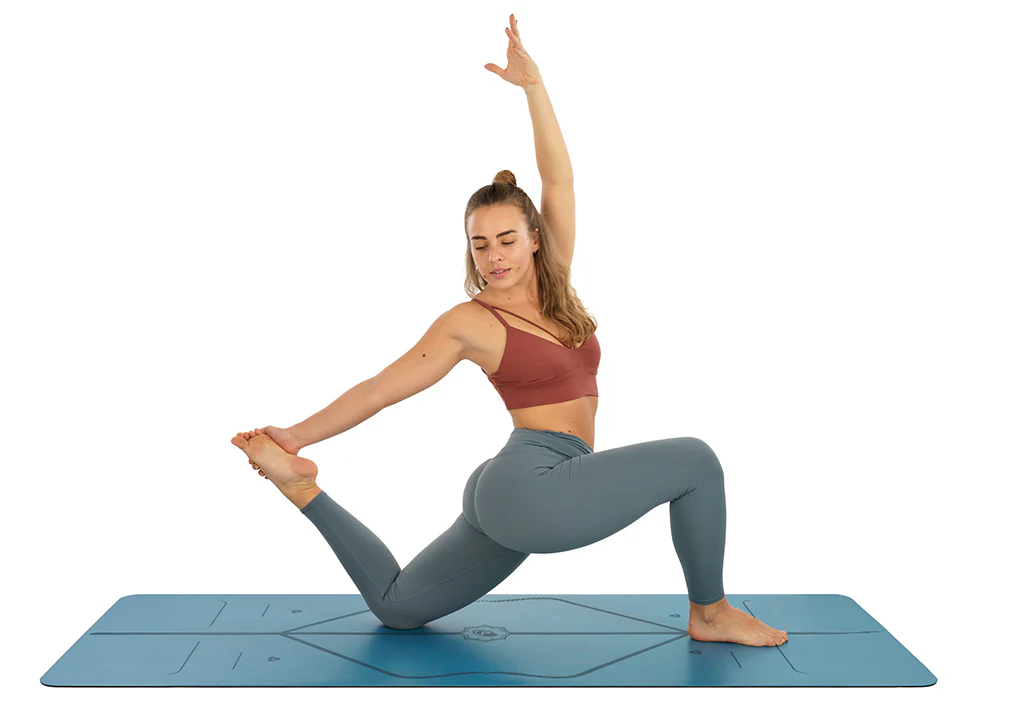It’s easy to focus on hitting the weights hard and nothing more when your workout goal is to build strength. You’re making a beeline for stronger, more toned muscles, and setting aside time for accessory work can feel like more hassle than it’s worth. However, there is an element of training that can contribute to even bigger strength gains than just resistance exercises alone: flexibility and mobility. Having the ability to move with strength through each joint’s full range of motion allows for more effective movement and subsequently increases your capacity for efficient training. Not to mention, you will reap the benefits of improved movement in your day-to-day activities and garner protection against potential injuries.
If this all seems a little daunting as you think about your tight hips and hamstrings, don’t worry. Having good flexibility and mobility is about so much more than just being able to touch your toes. And while static stretching is certainly a valid method for bringing more length to your muscles and range of motion to your joints, there are more effective (and enjoyable!) ways to do it. That’s where yoga comes in! Adding yoga to your workout routine can enhance your overall movement, as the physical practice of yoga zeros in on challenging your strength, balance, mobility, and flexibility.
Indeed, research has confirmed there is a connection between yoga and better movement; a 2014 scientific study found that adults who practiced yoga 3 times a week had significantly greater improvements in joint range of motion than adults who engaged in calisthenics alone.(1) Proof enough that adding yoga poses for flexibility into your workout schedule is a worthwhile cause!
Flexibility vs. Mobility
Before we get into the good stuff, it is helpful to understand the difference between flexibility and mobility. These two terms often get used interchangeably, and while they do have some overlap, they are not synonymous.
Flexibility is the ability of the muscle to stretch and lengthen, while mobility refers to the range of motion each joint can move through. Because flexibility contributes to mobility, as more flexible muscles allow for your joints to be more open and mobile, it is important to include both flexibility and mobility training in your routine. You can think of this as static and dynamic movements; static stretches are more passive and will contribute to increased flexibility in your muscles, while dynamic stretches are more active and will allow you to work each joint into an optimal range of motion.
Below are the best yoga poses for flexibility, that can be done in a vinyasa flow style, or can be sprinkled throughout your typical strength training session. If you love these poses and want to deepen your practice, taking a class where you can get in-person advice from a yoga teacher is an excellent place to start. Or, if you prefer the comfort of your own home, check out the SunnyFit® app where you can choose from a variety of yoga classes that can be done right from your living room.

